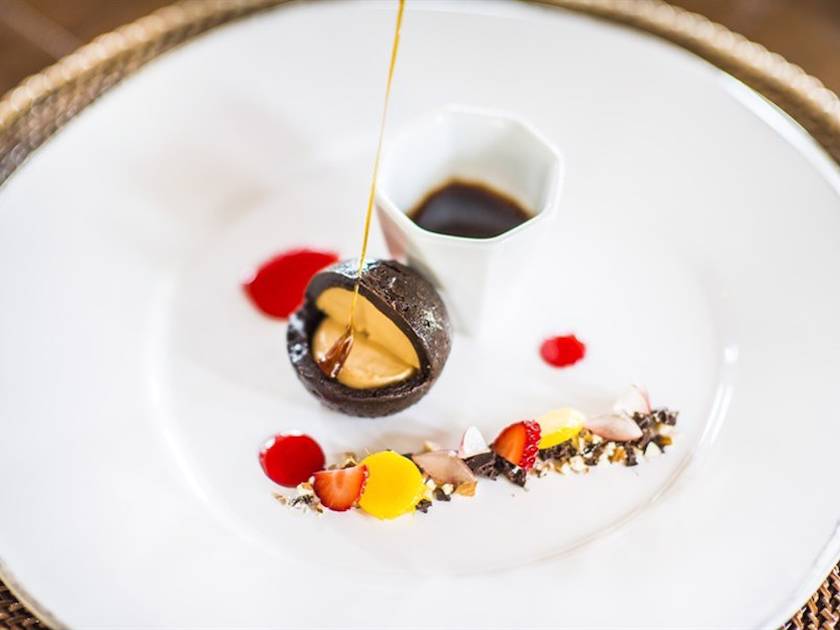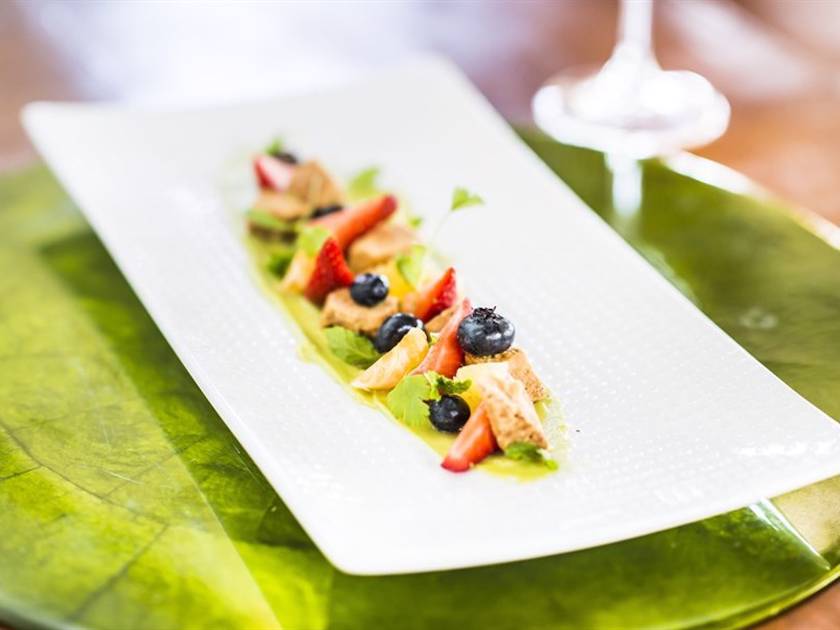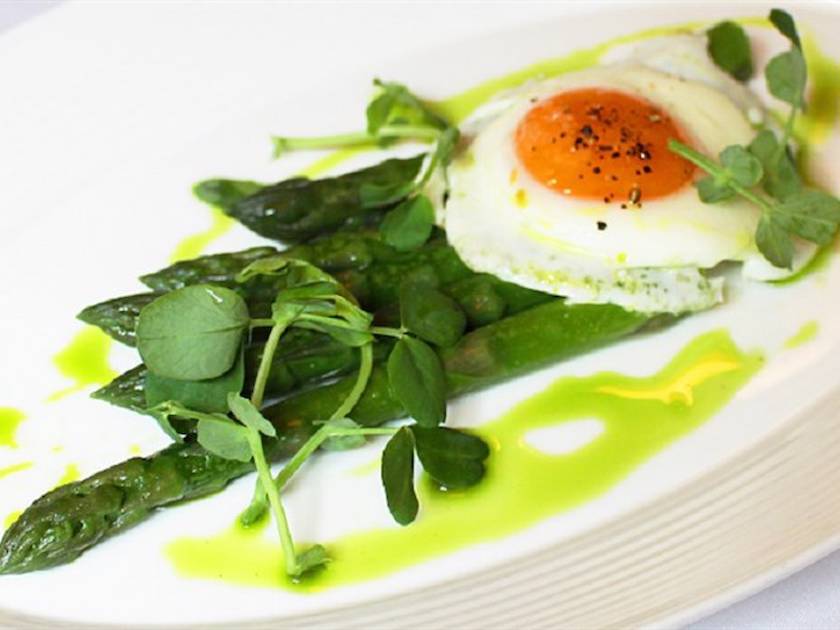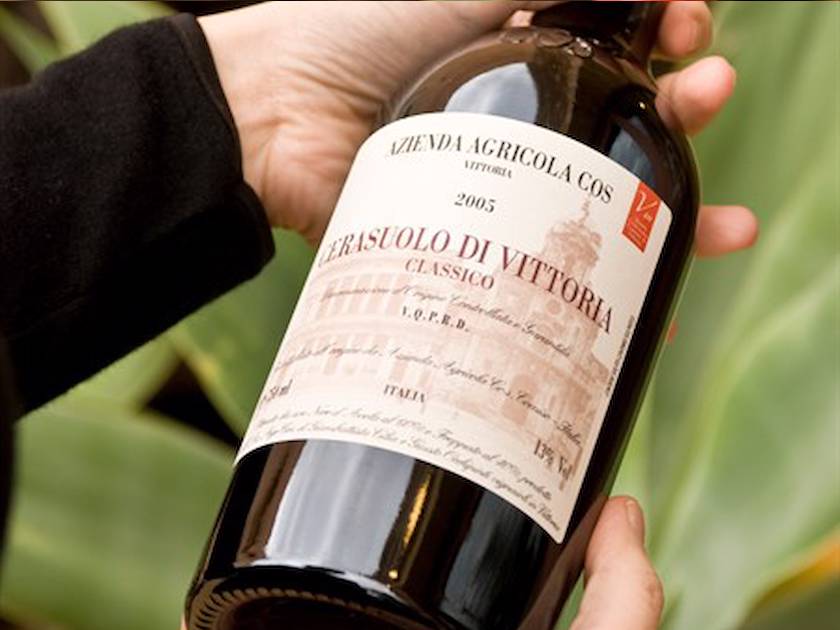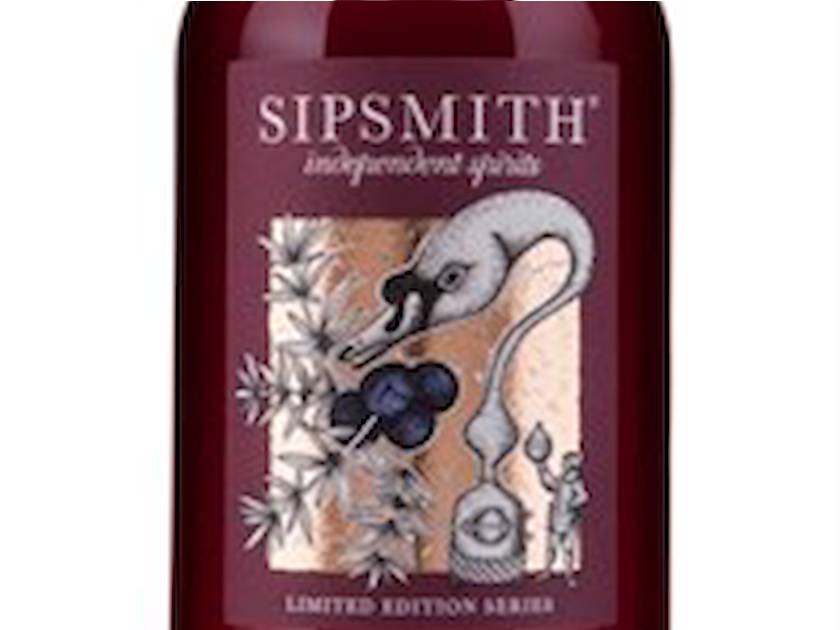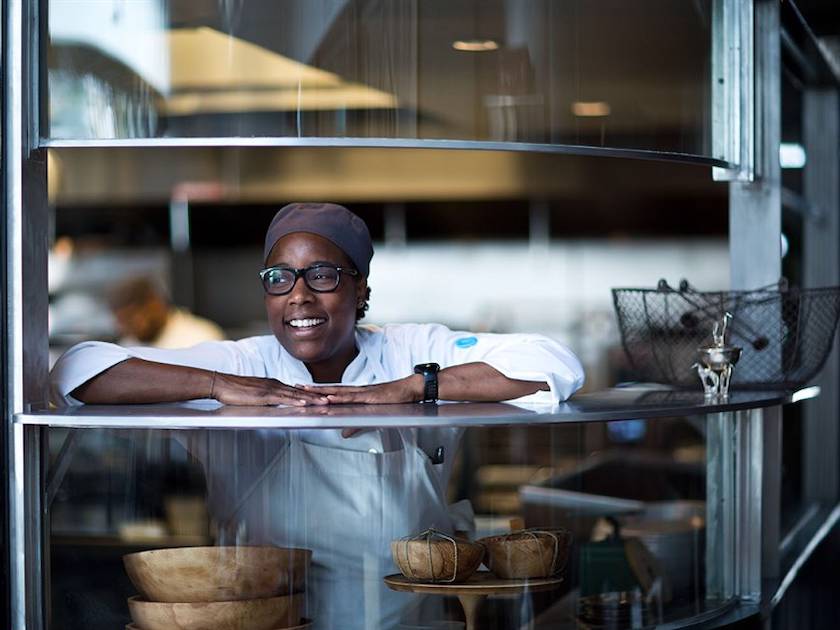Costa Rica - The definition of luxury
For most travellers, food is an integral part of a trip. The culinary traditions of a place provide an insight into the people who live there, and when we break bread together, our differences seem to melt away.
Whether a place is known for its food, like France, or is an undiscovered gem, like Costa Rica, each destination brings something to the table. During a recent stay at the private Villa Manzu, I had the opportunity to delve into Costa Rican cuisine in a way that staying at a luxury hotel simply wouldn’t have provided.
Villa Manzu is a spectacular 30,000 sq. ft. residence perched on five acres of rocky cliff, affording 180 degree views of the Gulf of Papagayo on Costa Rica’s northern tip. The house is the epitome of luxury, though it has a relaxed, unpretentious vibe. Within a day of being on the property, the house already felt like home and the banter with the chefs, butlers David and Luis, and general manager Jenifer flowed as if we were old friends.
Having recently been hit with a food allergy, the minute I took a bite of pastry chef Sabrina’s gluten-free brownie, I made a beeline for the kitchen to hit her up for the recipe. Not only was it the best gluten-free treat I’ve ever tasted, it was also the best brownie, full stop. I wasn’t surprised to learn that prior to coming to the Villa, she had worked at the nearby Four Seasons resort.
SPANISH INFLUENCE.
Executive Chef Mariano Fernandez also recently left the hotel world for Villa Manzu. The 31-year-old Argentine came from the El Mangroove hotel in Costa Rica, following a stint at a Michelin-recommended vegetarian restaurant in London. His culinary influences also come from working in Argentina and Mallorca.
“Spain influenced me a lot. My father was Spanish and you can see a lot of the Mediterranean going on in my kitchen, along with some strong French bases,” he said.
A young chef stepping away from corporate hospitality might seem unusual, but Fernandez saw the opportunity at Manzu.
“It is my dream to be a restaurant owner and at Villa Manzu I get to evolve menus from one group to the other and that's very attractive to me,” he said.
CUSTOMIZED MENU.
Because Villa Manzu caters to whoever is staying at the Villa, menus are completely customized for each group. Have a person like me with dietary restrictions? No problem. The team even had the kitchen certified Kosher for one group! It seems that no culinary request, big or small, can’t be met.
Regardless of a guest's requests, Chef Fernandez works to craft a localized menu so visitors really get a sense of Costa Rican food, which is a blend of native ingredients with European, Creole and Caribbean influences.
“I use seasonal products and whatever rare item I can find at the market,” he said. “We use 85% local products, even local salt produced in the Nicoya Blue Zone.”
Throughout my stay, native Costa Rican produce appeared on the menu, from papaya at breakfast, to guanabana and passion fruit as part of a dessert following a lunch of local fish tacos. Yucca, camote (local sweet potato), tiquisque and plantains all made their way onto the plate as well.
It’s hard to pick a favourite dish (besides the brownie!) that I enjoyed during my stay but a few stand-outs were a lunch of cold noodles with cardamom, marinated grilled shrimp in a citrus teriyaki dressing; and a dinner of orange and cinnamon-caramelized lobster tiradito, followed by local sea bass with beet, mashed potatoes and ginger-grilled wild carrots in a yellow curry sauce.
The wine pairings, selected each night by Luis from the Villa’s extensive cellar, were also a highlight. I particularly enjoyed the Chateau Montelena Cabernet Sauvignon. One evening, Luis led our group in a wine tasting of some top bottles from the collection. I must say this was one of my favourite evenings!
A LESSON IN COFFEE.
Luis is also the resident coffee expert and he schooled me in how deeply java is ingrained into Costa Rican culture. After tourism, it is the largest economic driver for the country. It’s been produced since the 1700s and Costa Rican coffee, particularly from the Dota Tarrazu region, is legendary. Its uniqueness comes from a combination of soil and altitude that are just right for producing extraordinary coffee.
As the bean became economically important to the country, it also became a part of the social fabric. So much of the country was involved in the industry that a coffee culture quickly grew.
Luis showed me how coffee was traditionally made and served using the traditional chorreador. This consists of a stand that holds a cloth coffee sock. The coffee grounds are put in the sock and near-boiling water is poured over it so that the brew is slowly filtered into a cup below. The result is one strong cup of coffee! Villa Manzu also uses a traditional blue and white tin cup to serve the revitalizing beverage.
I love doing a cooking class when I travel to really get into the cuisine of a country, so I was thrilled when the Villa arranged a class for our group. We worked on a traditional dish of fried rice and shrimp, but -- this being Villa Manzu -- we substituted lobster for the shrimp! I was happy to serve as sous chef to create the dish.
That being said, I think I’ll leave the cooking to the professionals like Chef Fernandez and his team of six and simply enjoy the fruits of their labour, as you will when you spend a holiday at Villa Manzu.
